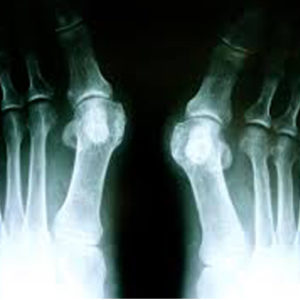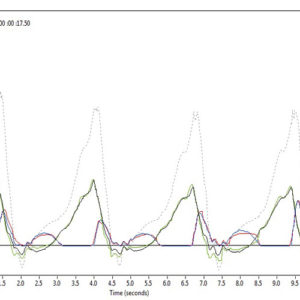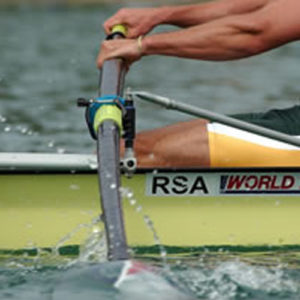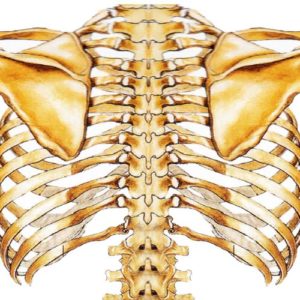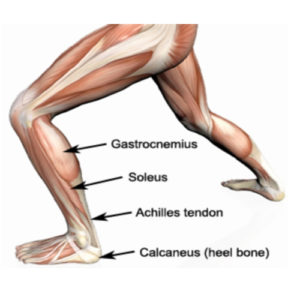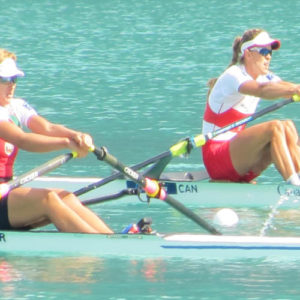Rowers come in all shapes and sizes. One aspect of this is that the anatomy of our lower limbs varies greatly. Some of us have incredibly long femurs (thigh bones), some have terrible ankle flexibility and some even have one leg longer than the other. This makes for an interesting…
R&D Notes
The Shoulder Joint – An undervalued piece of the Rowing puzzle
The Shoulder Joint is an undervalued piece of the rowing puzzle. When functioning optimally it goes unnoticed as a seamless link in the chain and the ability to “hang off the handle” is easy. However, if this link in the chain is functioning sub-optimally there is a huge energy cost.
Flexibility – How much is too much?
Flexibility work is seen as an important aspect of rowing, whether as part of a training programme or as an injury prevention strategy. Whether you are an injured or healthy rower, you are sure to have experienced a coach, fellow rower or manual therapist saying something like, “You should stretch…
Movement Variability and it’s impact on rowing
Movement Variability and it’s impact on rowing; Adapt To Survive! It’s been a while between posts from us as we’ve been traveling the world, well mainly the USA, from the World Champs to the Charles we’ve hit both coasts and the center in between. All that sitting made me think…
Have you seen the feet on 6-seat?! Hygiene in the boathouse.
Up to 25% of people suffer from the fungal infection that causes Athlete’s Foot – that’s 2 seats in your 8.
Lumpy and sore big toe? Read on as we dissect the Bunion.
From limited evidence and clinical experience, the cause is believed to be secondary to a number of intrinsic (internal) and extrinsic (external) factors, here they are:
Understanding Rib stress fractures and the mechanics behind them
Understanding rib stress fractures and the mechanics behind them in rowing; We have posted quite a lot about rib stress fractures and any commentary on them has always been in our most popular articles so we thought we give you the chance to access a previous Row360 magazine article…
Understanding Foot Force
Foot force is not a measure of how powerful your feet are, rather it is an expression of how well they transfer the force of the hip and leg muscle structures onto the stretcher.
Rib stress fractures – Part 3; A case study on load & some suggestions
Muscles load up and cause an exponential increase in the tension of the ribs and their muscular influences. Our subject also presents with some thoracic spine restriction (very common in rowers) that operates to place more stress on rib movement by restricting their freedom to move in their spinal joints.
Rib stress fractures – a mechanical view part 2; The Anatomy
The micro trauma that causes stress fracture is itself caused by excessive and uneven forces, including those applied by these three key muscles resulting in asymmetrical/excessive loading of ligaments and bones…..
Rib stress fractures – a mechanical view part 1
A principle of science and of medicine in particular is that one must understand the normal, or natural course of studied phenomena before attempting to describe and study the pathologic or abnormal. When looking at the ribs we must consider the load they carry in the body.
Back, hip and pelvic screening for rowers – a discussion.
Most sports screen their athletes (often pre-season) to assess for issues that may increase risk of injury. Where do you start?
Race pace – fly and die, bide your time or throw it all out to row from feel?
In this blog we are taking a brief look at race strategy, specifically pacing plans. This is always one that interests us because unlike a very variable and open sport such as football, a rowing race is always a set distance on a relatively consistent lined course with relatively similar…
The Top 10 things not to do if you have a lower limb tendon injury or pain
Tendon injuries in rowing are very common, they can be complex to get right and diagnose accurately. Here are 10 things you need to avoid if you have one.
Prevention is always better than treatment. Stay strong to reduce injury, it’s simple.
Strength training reduced sports injuries to less than 1/3 and overuse injuries could be almost halved.






